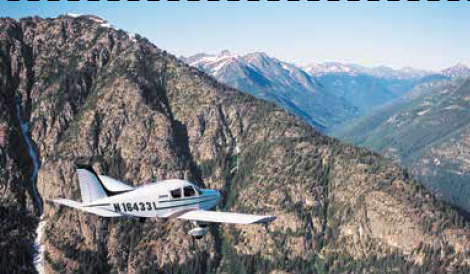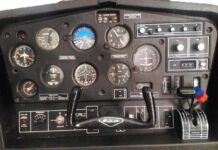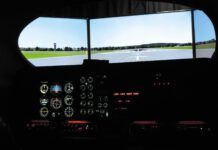Many of my previous Remarksmhave touched on what’s safe in general aviation, but that’s a conversation worth continuing. Long ago I concluded that “safe” is a concept and a goal, not a measure. What’s to say that one activity is safe but another is not? It’s mostly just relative to the skill and comfort of each individual pilot.
Many non-pilots think that “small planes” aren’t safe. Are they? What’s the measure? Obviously, you think that flying is safe or you wouldn’t be reading this. But, let’s dig further.
Is single-engine VMC safe? Most of us would say that it is. How about single-engine IMC? Again, if you’re reading this magazine you’d probablymsay that is safe. What about VMC in the mountains? IMC in the mountains?VMC or IMC over water? What if you add night to any of those scenarios? You see where all this is headed. Since there’s no absolute measure of what is safe, each of us makes up our own minds about what we consider safe enough. It’s that old trade off of risk versus reward where we evaluate that gray area between “safe enough” and utterly safe, to hopefully shrink it and get on the “safe enough” side.
You know the old saying about there being old pilots and bold pilots, but no old bold pilots. Who draws the line between bold and routine? Take the example of flying in IMC over mountains at night. Bold or routine? Many of us wouldn’t do that, while some would say that it’s an acceptable activity. That takes us back to deciding for one’s self.
But, let’s say that you’ve decided that there’s nothing intrinsically unsafe about flying in IMC over mountains at night in a single-engine airplane. Now, airplanes rarely fall out of the sky, and that’s what you’re counting on in your conclusion that this operation is safe (enough). But, recognizing that there are risks in everything we do, could some of those risks in this scenario be mitigated? Of course.
How? Let’s think on this a moment. You could fly higher, possibly allowing you to glide to safety should that engine croak. Or, you might require cloud bases high enough that with a modest descent you’ll at least be in VMC. Some of us might thoroughly study the route, looking for reasonable opportunities to let down safely, perhaps even following major highways so the cars’ headlights could guide us.
Years ago I was faced with this very goal to mitigate risks on such a flight that I made routinely. My solution was to trade in my single-engine flivver for a pressurized twin. This offered the perceived safety of twice the likelihood of an engine failure with the minuscule risk of complete loss of power, while adding more altitude capability. Think about it and you can find many creative ways to mitigate risks.
In the final analysis, it’s all about risk mitigation. Once we accept that an activity has inherent risks, as responsible pilots looking to move “safe enough” closer to absolutely safe, we must seek ways to reduce that risk. Only then can we consider ourselves and our passengers truly safe enough.





